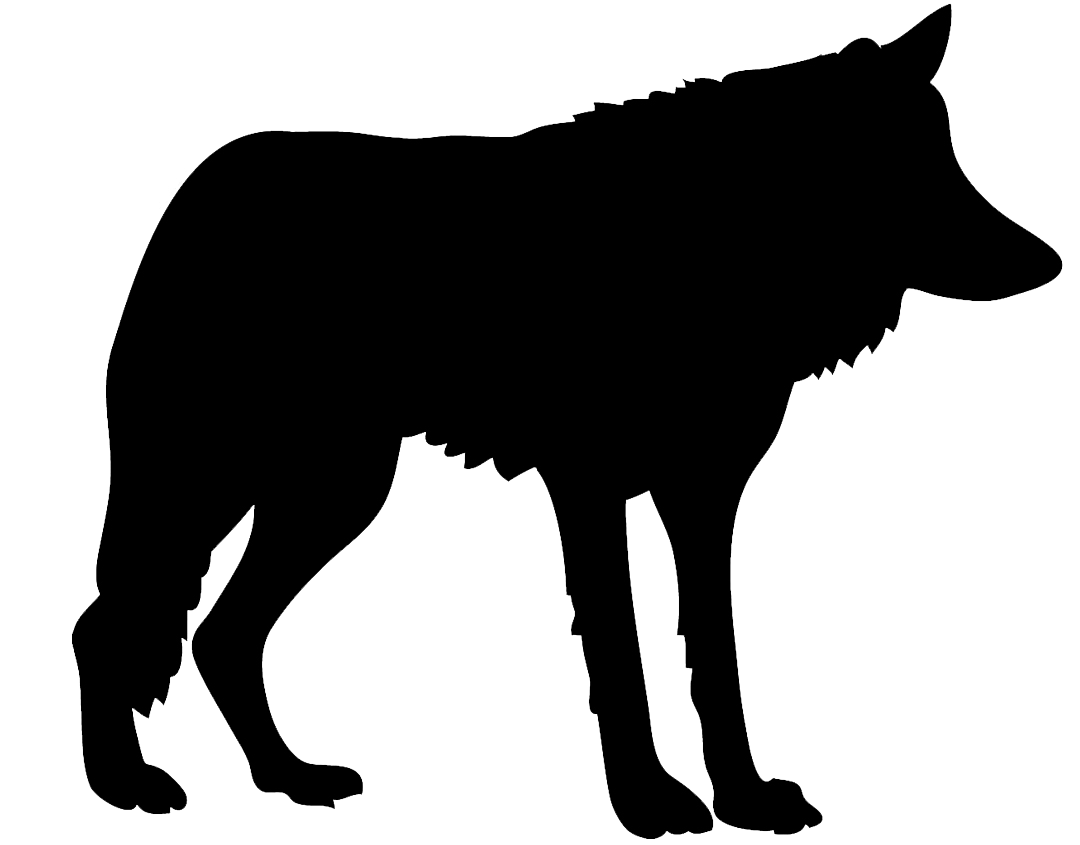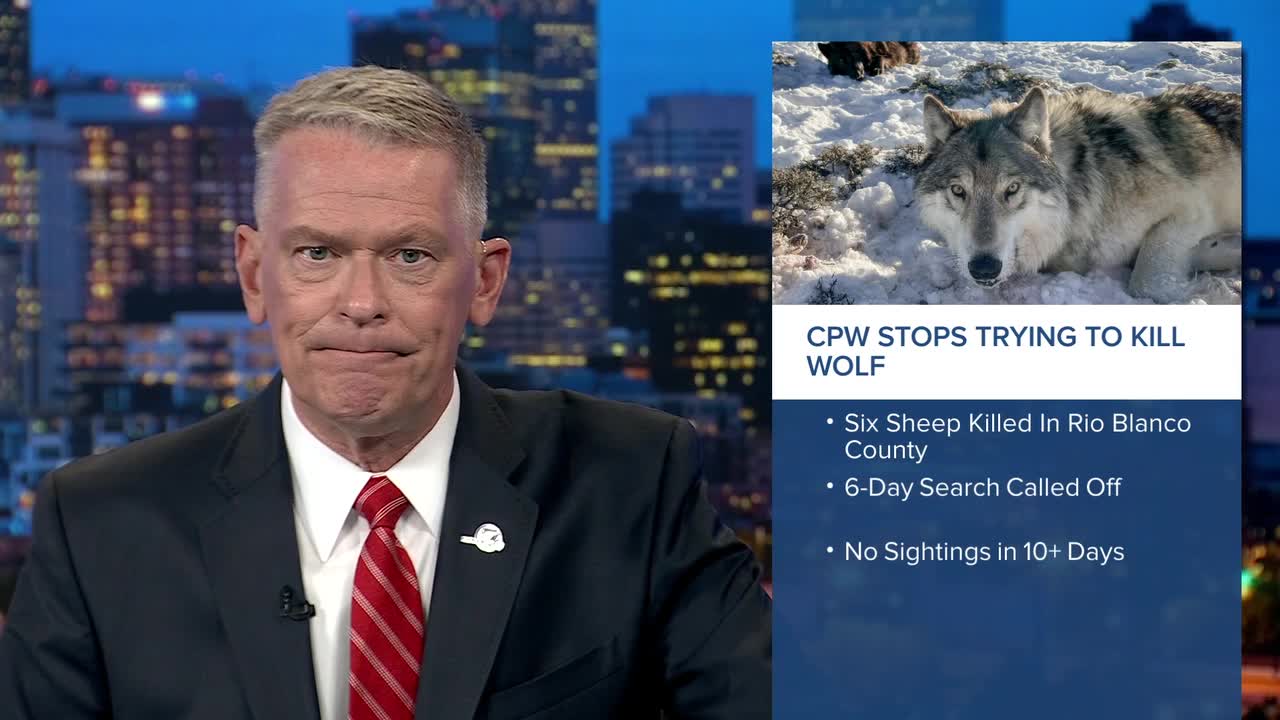DENVER — Colorado Parks & Wildlife officials tried to kill a wolf they believe is responsible for the deaths of six sheep in less than a month in Rio Blanco County, but aren’t sure if the effort was successful.
CPW had planned to kill the wolf after three sheep attacks in the two-week span from July 20 to Aug. 2 – which qualifies as “chronic depredation” by the definition laid out in the state’s wolf-livestock conflict minimization program – but it was unable to carry out the removal operation because of evacuation orders that were in place due to the Lee Fire burning in the region.
The agency said the lethal action was authorized on Aug. 4. The wolf, which is uncollared, is now believed to be responsible for three additional sheep deaths on Aug. 16. CPW found the wolf that same day and tried to shoot and kill it, the agency revealed on Tuesday, but was “unable to locate the animal due to the dense vegetation and difficult terrain in the area.”
An “extensive and continued” six-day search by CPW and wildlife services didn’t lead them to the wolf, and the agencies officially discontinued the removal effort.
According to the wolf-livestock conflict minimization program, CPW must also consider non-lethal measures to deter wolf attacks before it can kill a wolf responsible for chronic depredation. In this case, the agency said it deployed range riders to the property and that the rancher had taken adequate non-lethal action.
“We are grateful for the producers in the area who worked constructively with CPW on deployment of multiple non-lethal conflict minimization efforts both prior to and during the series of depredations,” CPW Director Jeff Davis said in a news release Tuesday. “These actions are designed to ensure that wolves and packs that are targeting natural prey, such as wild ungulates, serve as the foundation for a sustainable wolf population in Colorado.”
- WATCH | Denver7's Colette Bordelon and Stephanie Butzer heard the concerns of ranchers in Pitkin County, who wondered why a depredating wolfpack was relocated near their property. They took those concerns to Jeff Davis, and you can see that interview in the video player below:
There have now been 14 wolf depredations in the 2025-26 biological year, which runs from April to March, according to CPW’s published information. There were 33 recorded wolf depredations in the April 2024 - March 2025 biological year.
During the legislative session that gaveled in last week and continued Tuesday, lawmakers considered a bill that aimed to pause Colorado’s gray wolf reintroduction program and reallocate some $264,000 in funding. An amended version of the bill that allows the reintroduction to continue but shifts the $264,000 to a different funding source passed and is expected to be signed by Gov. Polis.

Denver7 in-depth wolf coverage
The below list outlines an overview of the known wolf population in Colorado:
- Seven wolves surviving from the original 10 that were released in December 2023 (one died of a likely mountain lion attack, a second died from injuries sustained prior to his capture as part of the Copper Creek Pack relocation effort, and a third wolf became sickly and died)
- Four of the five wolf pups born in the spring of 2024 (one male was killed after multiple depredations in Pitkin County)
- 10 wolves surviving from the 15 that were released in January 2025 (one was shot and killed by Wildlife Services in Wyoming earlier this month, a second died of unknown causes in Wyoming, a third died in Rocky Mountain National Park, a fourth died in northwest Colorado and the fifth also died in northwest Colorado)
- Unknown number of pups born in four packs in 2025
- Two wolves that moved south from Wyoming several years ago
- One uncollared wolf that was last known to be in northwest Moffat County in mid-February. It is not clear if it is alive or still in the state.
- Possible, but unconfirmed, wolf in the Browns Park area as of February. It is not clear if it is alive or still in the state.
Denver7 has been following Colorado's wolf reintroduction program since the very beginning, and you can explore all of that reporting in the timeline below. The timeline starts with our most recent story.





